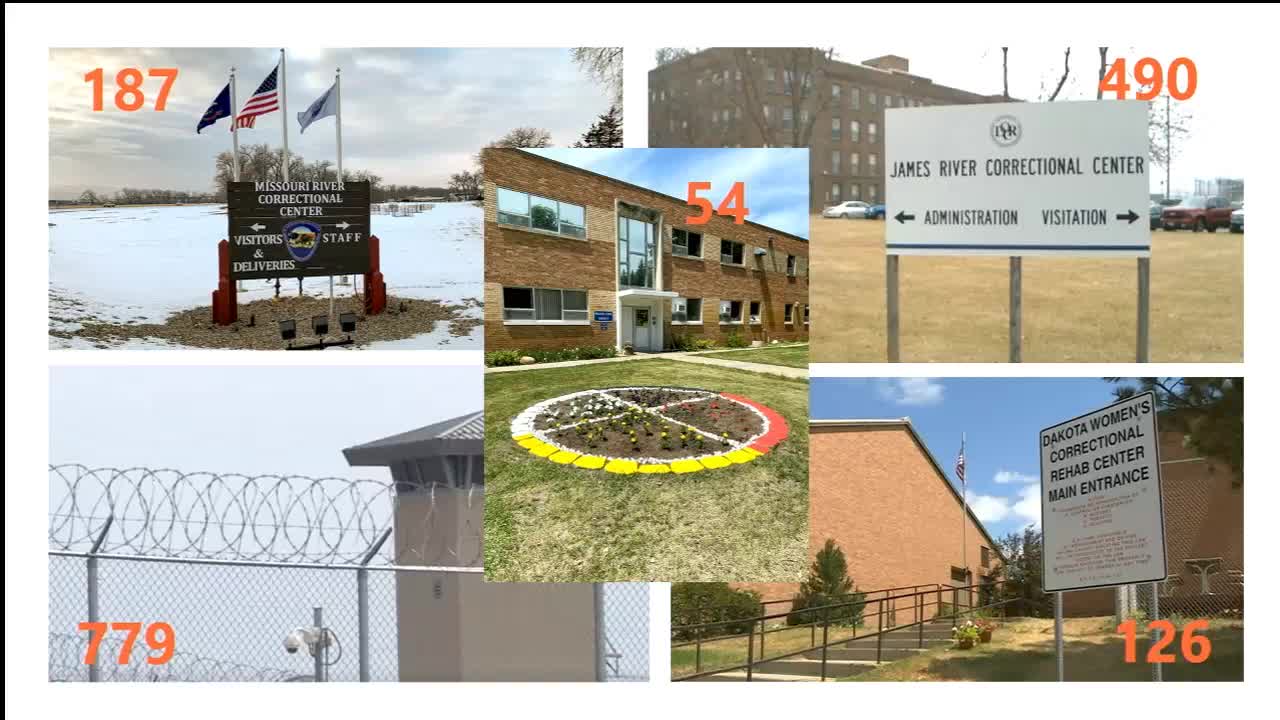North Dakota prisons face severe overcrowding as inmate population exceeds capacity
January 16, 2025 | Appropriations - Human Resources Division, Senate, Legislative, North Dakota
This article was created by AI summarizing key points discussed. AI makes mistakes, so for full details and context, please refer to the video of the full meeting. Please report any errors so we can fix them. Report an error »

In a recent meeting of the North Dakota Senate Appropriations - Human Resources Division, officials painted a stark picture of the state's correctional facilities, revealing a significant overcapacity issue that has persisted despite prior estimates. As discussions unfolded, it became clear that the state's penitentiary is currently housing approximately 40 to 60 more inmates than its designated capacity of 1,624, with the total inmate population hovering around 1,865.
The meeting highlighted the challenges faced by the Department of Corrections, particularly in managing the fluctuating populations at various facilities, including the Dakota Women's Correction Center and the Heart River Correction Center. Officials noted that while the women's facility is currently operating at about 110 to 112 inmates, this number can quickly rise, complicating the overall management of inmate populations.
A significant concern raised was the reliance on county jails to accommodate overflow inmates. With around 50 individuals on deferred status currently held in county facilities, the state is incurring substantial costs—estimated at $100 per day per inmate, which can escalate depending on medical needs. This arrangement has raised questions about the effectiveness of county jails, which are primarily designed for detention rather than rehabilitation.
Senators discussed the financial implications of this situation, noting that while it may be cheaper to house inmates in county jails, these facilities lack the necessary resources for rehabilitation programs. The conversation also touched on the potential for county jails to generate revenue by housing state inmates, although the primary focus remains on meeting local needs.
As the meeting progressed, officials emphasized the importance of prioritization in admitting inmates, particularly those with serious offenses or medical needs. The current strategy involves a careful assessment of inmate classifications to ensure that the most critical cases are addressed first, a process that has become increasingly complex due to the overcrowding.
The discussion also included insights into the effectiveness of pretrial supervision programs, which have been credited with reducing jail populations by allowing individuals to remain in the community under supervision. This initiative has garnered positive feedback from judges, who appreciate the improved information available during court proceedings.
Looking ahead, officials expressed cautious optimism about the future of the correctional system, noting that recent data suggests a potential stabilization of inmate numbers post-COVID. However, the ongoing challenges of overcrowding and the need for adequate rehabilitation resources remain pressing issues that the state must address to ensure a more effective correctional system.
The meeting highlighted the challenges faced by the Department of Corrections, particularly in managing the fluctuating populations at various facilities, including the Dakota Women's Correction Center and the Heart River Correction Center. Officials noted that while the women's facility is currently operating at about 110 to 112 inmates, this number can quickly rise, complicating the overall management of inmate populations.
A significant concern raised was the reliance on county jails to accommodate overflow inmates. With around 50 individuals on deferred status currently held in county facilities, the state is incurring substantial costs—estimated at $100 per day per inmate, which can escalate depending on medical needs. This arrangement has raised questions about the effectiveness of county jails, which are primarily designed for detention rather than rehabilitation.
Senators discussed the financial implications of this situation, noting that while it may be cheaper to house inmates in county jails, these facilities lack the necessary resources for rehabilitation programs. The conversation also touched on the potential for county jails to generate revenue by housing state inmates, although the primary focus remains on meeting local needs.
As the meeting progressed, officials emphasized the importance of prioritization in admitting inmates, particularly those with serious offenses or medical needs. The current strategy involves a careful assessment of inmate classifications to ensure that the most critical cases are addressed first, a process that has become increasingly complex due to the overcrowding.
The discussion also included insights into the effectiveness of pretrial supervision programs, which have been credited with reducing jail populations by allowing individuals to remain in the community under supervision. This initiative has garnered positive feedback from judges, who appreciate the improved information available during court proceedings.
Looking ahead, officials expressed cautious optimism about the future of the correctional system, noting that recent data suggests a potential stabilization of inmate numbers post-COVID. However, the ongoing challenges of overcrowding and the need for adequate rehabilitation resources remain pressing issues that the state must address to ensure a more effective correctional system.
View full meeting
This article is based on a recent meeting—watch the full video and explore the complete transcript for deeper insights into the discussion.
View full meeting
